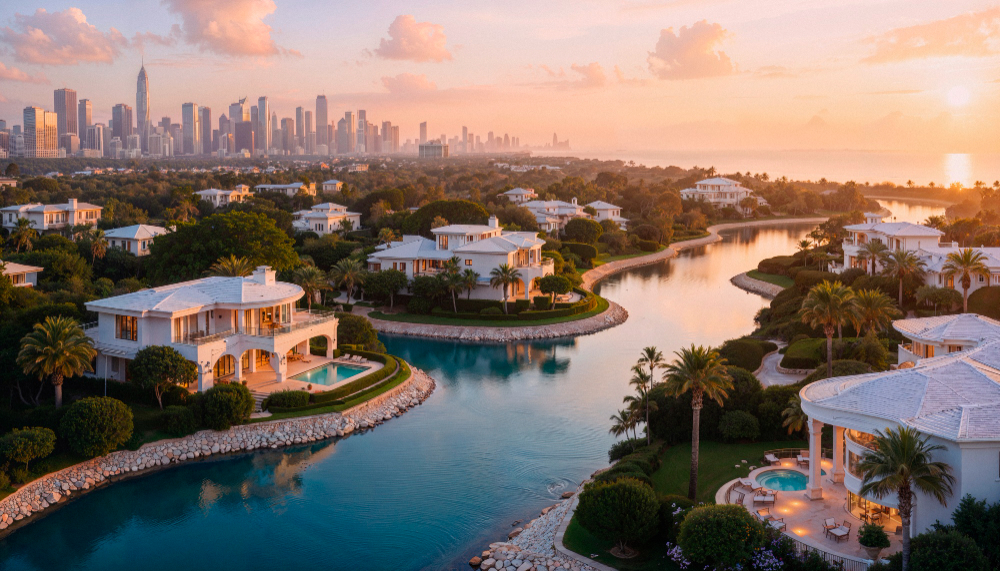Intro
If you search “cost of living in Dubai,” you’ll find hundreds of articles quoting rent ranges, grocery prices, and average salaries. Some will tell you it’s cheaper than London. Others will warn you it’s wildly expensive. Both can be true. But none of those lists capture the real financial structure of living in Dubai—because the real cost isn’t about isolated prices. It’s about how the system works, what it demands upfront, and what it expects from you long after you arrive.
The Sticker Price Is Rarely the Final Price
On paper, a villa might cost AED 120,000 a year. But that number doesn’t include the agent’s commission, DEWA deposit, district cooling charges, housing fee, or annual maintenance costs. You may need to pay the entire year’s rent up front, in one or two cheques. That’s not just a cost—it’s a cash flow and liquidity decision. The same principle applies across life in Dubai. Whether it’s school fees, healthcare, or car ownership, you’re often committing to structures, not just line items.
Insurance Is Mandatory—and Tiered
Every resident must have health insurance. But not all plans are created equal. Many of the cheapest policies meet the minimum legal requirements but fall short when it comes to private hospital access, maternity coverage, or direct billing. If you’re relocating with a family or have specific medical needs, your policy could be a significant line item. The decision isn’t just about price—it’s about what kind of care you’ll actually be able to access.
Banking, Credit, and Hidden Costs
Banking in Dubai isn’t free. Many accounts require a minimum balance to avoid monthly fees. Transferring funds internationally can trigger unexpected charges. Credit cards may offer generous rewards but carry high interest rates if you’re not paying in full. Car loans and mortgages are available—but only if your visa, income, and credit history meet strict thresholds. If you arrive unprepared, even opening a basic account can be more difficult—and expensive—than expected.
Education Is a Major Structural Cost
If you have children, school fees are not optional—and they’re not cheap. Top-tier international schools can run well over AED 80,000–100,000 per child, per year. Fees are often front-loaded with deposits and term payments due before you even arrive. You’ll also need to account for transport, uniforms, extracurriculars, and school trips. And unlike some countries, Dubai doesn’t have a broad public school option for expats. Private education is the norm—and the cost needs to be integrated into your relocation model early.
Lifestyle Is a Choice—But the System Isn’t
Yes, you can live in Dubai on a moderate budget. You can cook at home, use public transport, and skip the brunch circuit. But the system itself still has fixed costs. Visa renewals, medicals, residency paperwork, tenancy registrations—all have fees. These aren’t lifestyle add-ons. They’re structural. If you try to treat Dubai like a vacation destination that you live in, you’ll feel squeezed. If you treat it like a system to be understood, you can live very well—at any income level.
We Break All of This Down in the Webinar
In Your Dubai Move, we don’t just talk about how much things cost—we show you how the financial system actually works. We explain what you need to pay, when, why, and how to avoid the most common financial missteps. From rental timing to visa-linked fees, insurance layers to education planning, we cover the full structural reality.
This isn’t about scaring you off. It’s about giving you the financial clarity most people only gain six months after they’ve already moved—and overpaid.







